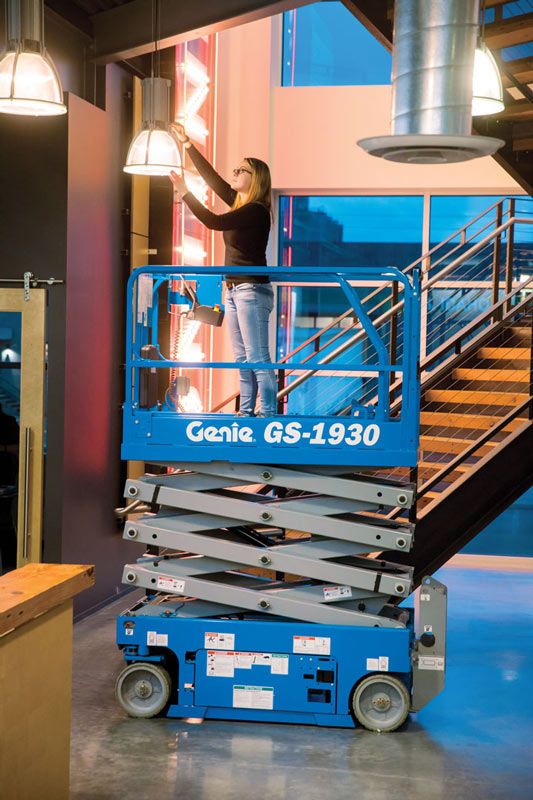If you are renting a Scissor Lift this week, it’s a good idea to complete a risk assessment before you get started. It’ll help you identify potential hazards and implement effective control measures to prevent accidents and protect your safety.
Here is a brief example of some of the things that you might typically find on your risk assessment when using a scissor lift;
- Identify the hazards associated with the use of a scissor lift:
1.1. Falling from height
1.2. Electrocution
1.3. Tip-over of the lift
1.4. Collision with other objects or workers
1.5. Entanglement with machinery or tools - Assess the likelihood and severity of each hazard:
2.1. Falling from height: Likelihood – High, Severity – Major
2.2. Electrocution: Likelihood – Medium, Severity – Major
2.3. Tip-over of the lift: Likelihood – Low, Severity – Major
2.4. Collision with other objects or workers: Likelihood – Medium, Severity – Minor
2.5. Entanglement with machinery or tools: Likelihood – Low, Severity – Minor - Identify control measures to eliminate or reduce the risks:
3.1. Falling from height: Use of guardrails and harnesses
3.2. Electrocution: Inspection of the lift for electrical hazards and avoidance of electrical conductors
3.3. Tip-over of the lift: Stabilization of the lift on a level surface and avoidance of unstable ground conditions
3.4. Collision with other objects or workers: Communication and coordination with other workers on the worksite, and use of warning signs or signals
3.5. Entanglement with machinery or tools: Proper storage and securing of tools and machinery, and avoidance of loose clothing or jewelry - Evaluate the effectiveness of the control measures:
4.1. Falling from height: Effective with proper training and use of equipment
4.2. Electrocution: Effective with proper inspection and avoidance of electrical hazards
4.3. Tip-over of the lift: Effective with proper stabilization and avoidance of unstable ground conditions
4.4. Collision with other objects or workers: Effective with proper communication and coordination with other workers
4.5. Entanglement with machinery or tools: Effective with proper storage and securing of tools and machinery, and avoidance of loose clothing or jewelry - Review and revise the risk assessment as necessary:
5.1. Conduct periodic inspections and assessments to ensure ongoing effectiveness of control measures
5.2. Revise the risk assessment as necessary based on changing conditions or new hazards identified.
Note: this is just an example of some general hazards associated with scissor lift use, and it may need to be adapted to suit your specific needs and circumstances.
It is important to ensure that all relevant hazards are identified, appropriate control measures are put in place, and regular review and revision of the risk assessment is conducted to maintain your safety when using a scissor lift.
